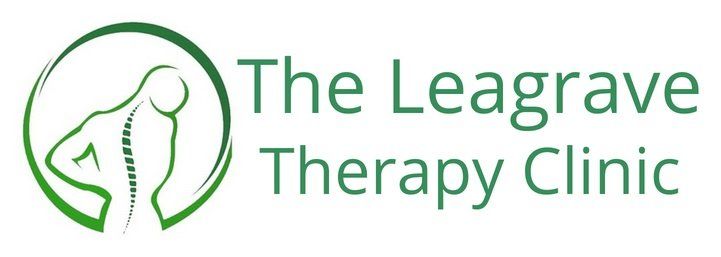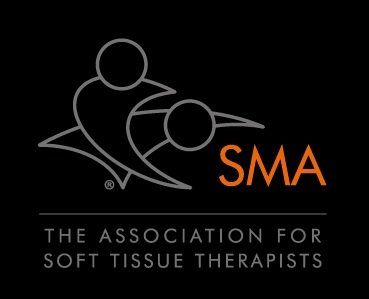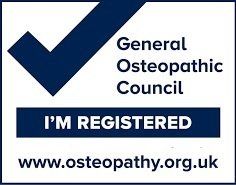How Spinal Alignment Impacts Other Joints Within the Body
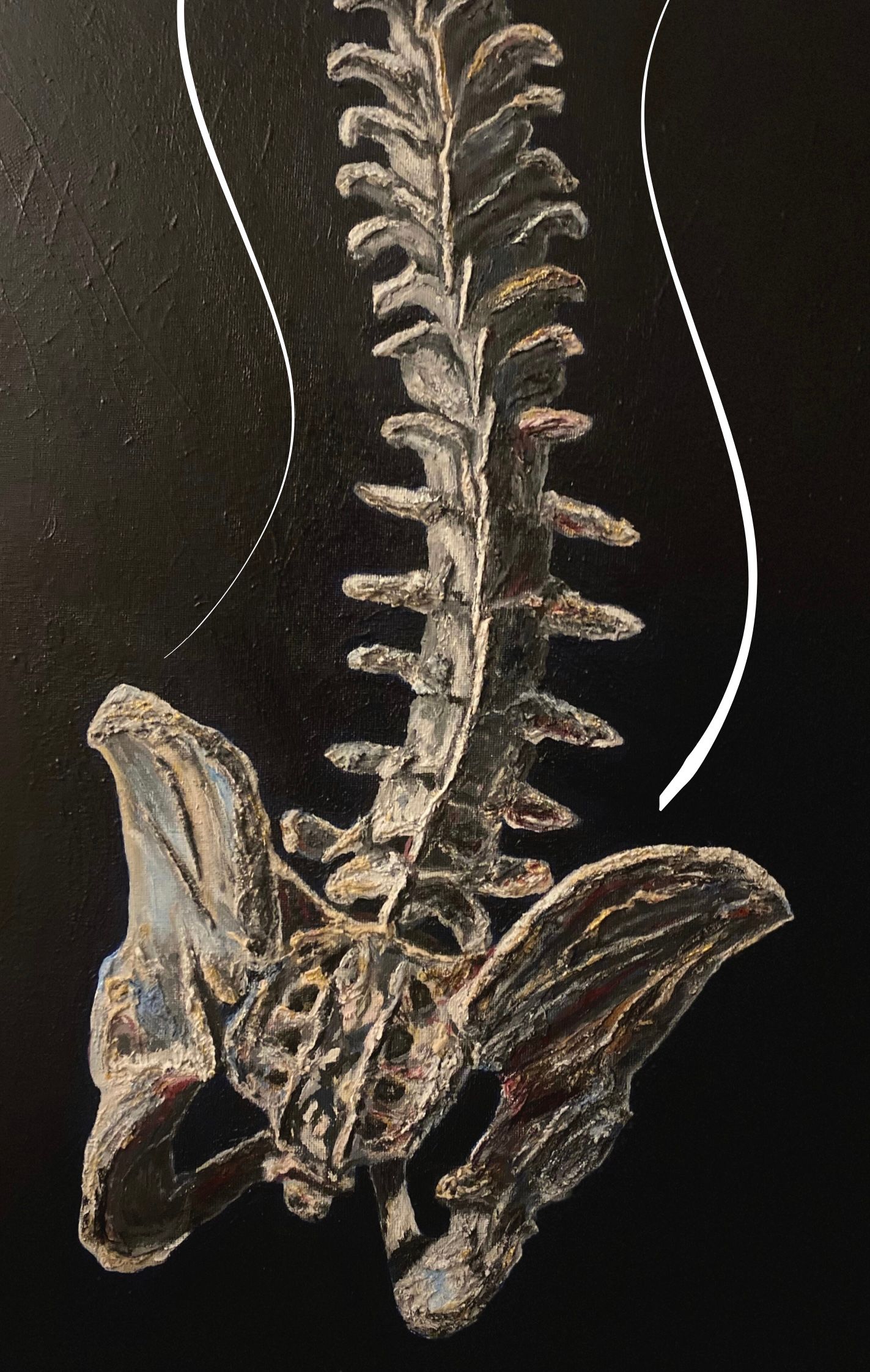
Spinal alignment is a fundamental aspect of human health and movement, the spine provides structural support for the body and its significance includes:
- The housing of the central nervous system.
- Facilitates movement and balances mechanical forces throughout the musculoskeletal system.
The Spine as a Central Axis
The spine functions as the central axis of the body, connecting the skull to the pelvis and facilitating communication between the brain and the rest of the body via the spinal cord. A properly aligned spine maintains the natural curves; cervical (neck), thoracic (mid-back), lumbar (lower back), and sacral all of which distribute body weight and absorb shock. These curves are designed to support efficient biomechanical motion and reduce stress on associated muscles, ligaments, and joints.
When these natural curves are disrupted, due to poor posture, injury, repetitive stress, or structural deformities, a compensatory patterns begin to emerge. These patterns often extend beyond the spine itself, placing undue stress on peripheral joints listed below.
Shoulder and Elbow Dysfunction
Spinal misalignment, particularly in the cervical and thoracic regions, can directly influence shoulder and elbow mechanics. For example, forward head posture and rounded shoulders, common in individuals who spend long hours at desks or screens related jobs and computer mouse use, will alter the alignment of the upper spine. This change can affect the scapula’s position and movement, leading to shoulder impingement, rotator cuff injuries, or tendinitis.
Moreover, if the thoracic spine is excessively curved (kyphosis), the range of motion in the shoulders becomes restricted. This can force the muscles and ligaments of the upper limbs to overcompensate, which in turn may cause overuse injuries in the elbows. Even conditions like tennis elbow can sometimes be traced back to improper spinal posture affecting arm mechanics.
Impact on the Hips, Knees, and Ankles
Spinal alignment also influences the pelvis and lower limbs and misalignment may include a pelvis that may tilt anteriorly (forwards) or posteriorly (backwards), thus leading to an imbalance in leg length or altered gait mechanics. This has a direct effect on the hips and knees.
For instance, excessive lumbar lordosis (inward curvature of the lower back) can tilt the pelvis forward, tightening hip flexor muscles and put strain on the knees. Misalignment in the hips often transfers abnormal forces down the kinetic chain, affecting knee tracking and leading to conditions such as patellofemoral pain syndrome or iliotibial (IT) band syndrome.
Similarly, spinal misalignment can alter weight distribution in the feet, leading to improper foot strike and ankle instability. Over time, this may result in plantar fasciitis, Achilles tendon issues, or even frequent ankle sprains. Since the human body moves as an integrated unit, any dysfunction at the top of the chain (spine) will invariably affect the structures below.
The Neurological Connection
Beyond mechanical implications, spinal alignment is important for neurological health as the spinal cord runs through the vertebral column and branches out into nerves that control all voluntary and involuntary functions. Misalignment can cause compression or irritation of spinal nerves, leading to radiating pain, numbness, or weakness in the limbs. This neurological component underscores the importance of spinal health not only in terms of movement, but also sensation and coordination.
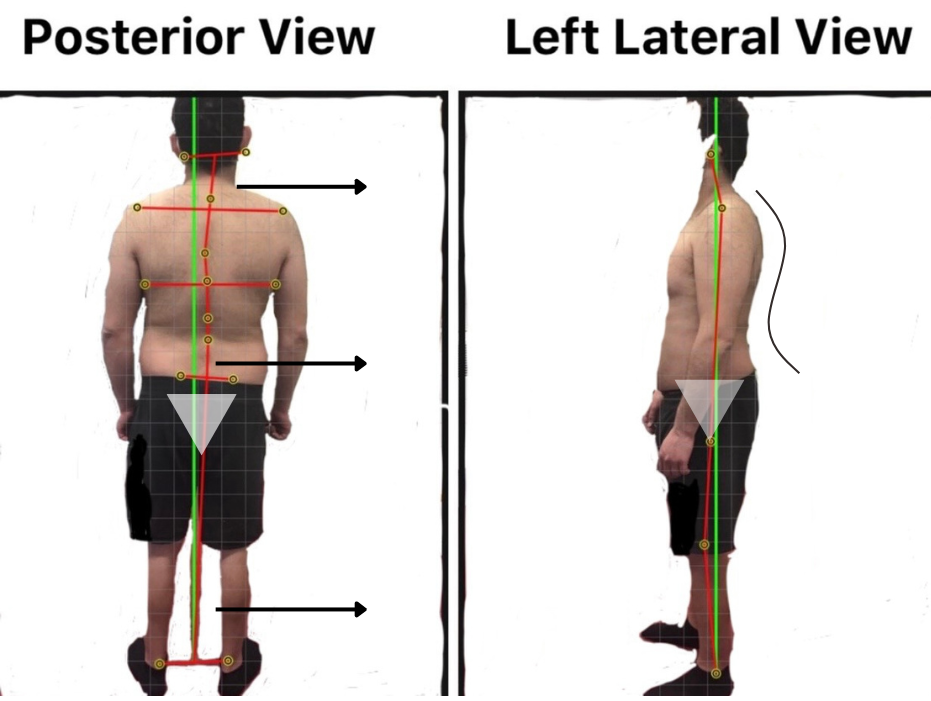
Postural Screen Assessment
At the Leagrave Therapy Clinic, assessment may involve performing a postural screen, as can be seen above, to help both the practitioner and client understand the postural positioning of the body. The screening may also help both to understand whether the client favours weight bearing on one lower limb more than the other or, likewise, whether the spine or pelvis favours side bending or rotating to one direction more than the other. This simple analysis can then determine whether these compensations are causing the client's presenting problem.
Thus, spinal alignment is not merely a matter of posture, it is a key determinant of full-body health and function. The spine’s alignment affects the mechanical efficiency and neurological integrity of the entire musculoskeletal system. Shoulder, elbow, hip, knee, and ankle issues often originate from or are exacerbated by poor spinal posture and alignment. Therefore, maintaining spinal health through practices such as proper ergonomics, physical therapy, core strengthening, and regular movement is essential. A healthy spine sets the foundation for a body that moves well, feels strong, and avoid injury.
Reference
1. Le Huec, J. C., Thompson, W., Mohsinaly, Y., Barrey, C., Faundez, A. (2019) Sagittal Balance of the Spine, European Spine Journal
, Spriger, 28: 1889-1905.
2. Shiba, Y., Taneichi, H., Inami, S., Moridaira, H., Takeuchi, D., Nohara, Y. (2016) Dynamic Global Sagittal Alignment Evaluated by Three-Dimensional Gait Analysis in Patients with Degenerative Lumbar Kyphoscoliosis, Eur Spine J., Springer; 25: 2572-2579.
